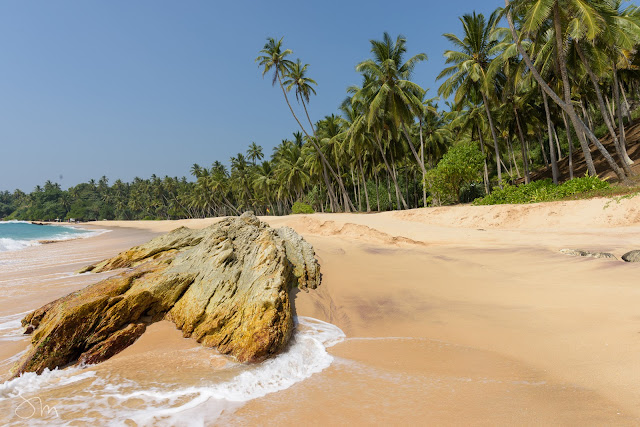"Do you not know that in a race all the runners run, but only one gets the prize? Run in such a way as to get the prize."
1. Corinthian 9.24
1. Corinthian 9.24
The images above are from the athletes' chapel inside the Berlin Olympic Stadium which I visited last week when in South Korea the XXIIIrd Olympic Wintergames were opened. While the German team is collecting unprecedented numbers of precious metal medals, I am taking you on a tour around the old Olympic stadium of Berlin. I had written about the old Olympic City where the athletes stayed in 1936 before and which is now a "lost place": "Das Olympische Dorf" .
The stadium was built for the Olympic Games in 1936 and for a long time was the largest in Germany taking up 100.000 visitors in 40.000 seats and 60.000 standing places. Nowadays, after its complete overhaul for the Football World Cup 2006, it has 75.000 seats and is again the most prominent sports venue in Germany.
the Olympic rings are still the originals
the Olympic fire holder
a changing room
with a jacuzzi
with a jacuzzi
The jacuzzi is called "Entmüdungsbecken" - detiring bassin - (revitalisation pool). After a game the players first jump into an "ice ton" for a few minutes containing icecold water at 6 to 8° C for muscle contraction preventing severe muscle aches before they relax in the big jacuzzi. Food and drink are strictly prohibited, but one can imagine great celebratory parties after a victory, as can be deduced from the indentations in the ceiling where champagne corks may have hit ...
The stadium was modernized for the soccer world cup 2006 inside and out. A huge roof was added covering all seats. The roof has lots of modern technique integrated, flood lights in a "ring of fire" with a high-tech sound system.
combining old and new
The pools are in their winter hibernation now but are summer favourites and open for the public.
The bell-tower with the large sports field behind the stadium. Two "horse with man" sculptures overlook the site that has been used for polo games.






























































